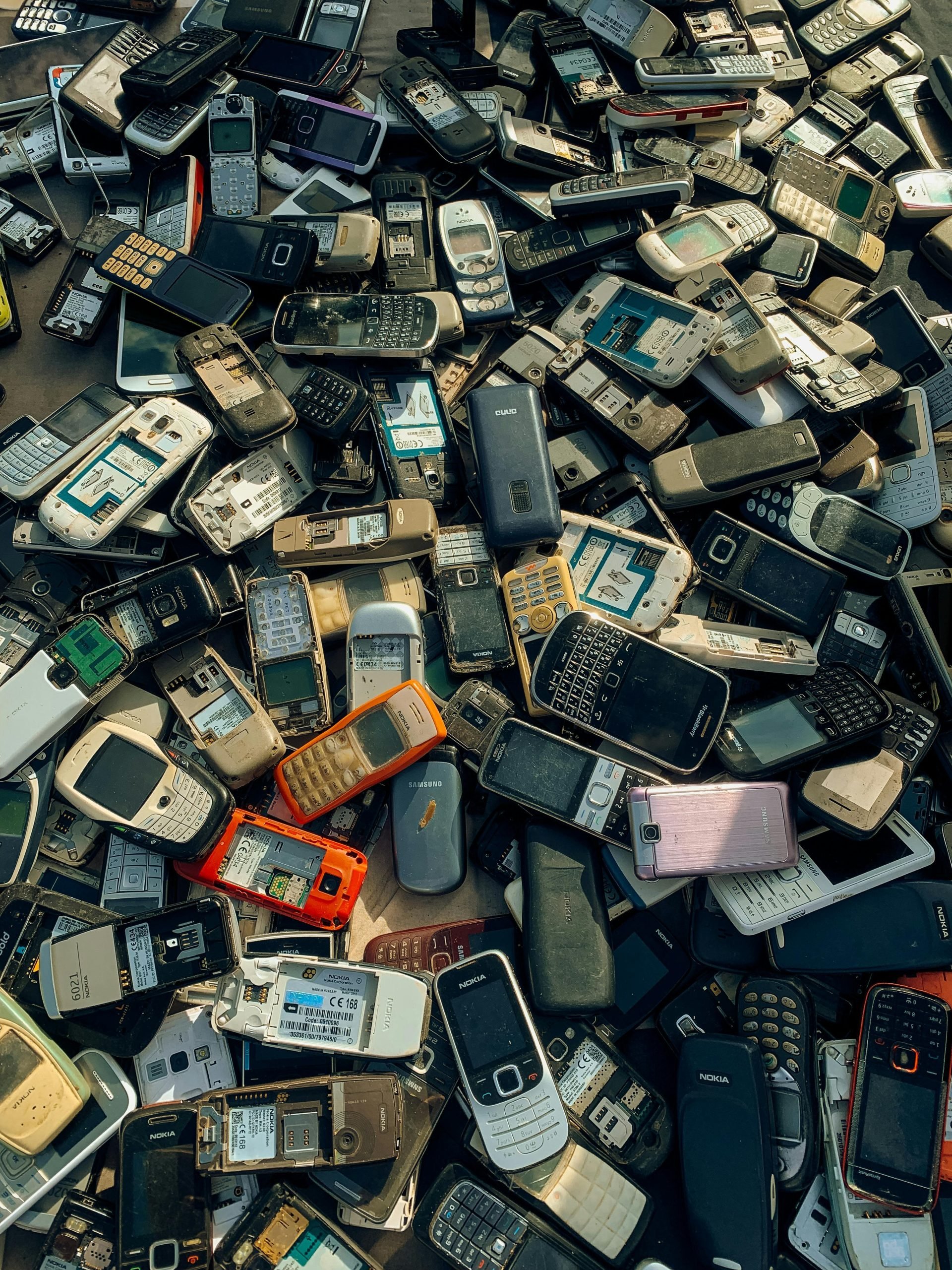It’s 2025, our appetite to “purchase stuff,” in order to belong, to feel trendy, relevant, seen, is rising. The trends that once trickled out seasonally are now churned out hourly. In a world where “new arrivals” hit the shelves faster than yesterday’s news, entire wardrobes are bought for the price of a takeaway, worn once, and tossed away. That “bargain” t-shirt? It might cost you less than lunch, but it costs the planet far more.
Behind the glossy facade of retail therapy lies a darker truth: microplastic-laced clothing, single-use gadgets, and short-lived satisfaction, all wrapped in the packaging of modern consumerism. Every item bought comes with an invisible receipt – one paid for, in carbon, waste, and water.
In light of Plastic-Free July, let’s pause and take a deeper look at the choices we’re making and the impact they have.
The Price of Style
 The fashion industry is the second largest consumer of water in the world. A single pair of jeans can take up to 2,000 gallons of water to produce, about the same as a full hot tub. Now multiply that by the number of items in your wardrobe. Thats a lot of hot tubs.
The fashion industry is the second largest consumer of water in the world. A single pair of jeans can take up to 2,000 gallons of water to produce, about the same as a full hot tub. Now multiply that by the number of items in your wardrobe. Thats a lot of hot tubs.
And it’s not just water. The majority of fast fashion pieces are made from synthetic fibres like polyester, acrylic, and nylon. They all derived from fossil fuels and are major contributors to microplastic pollution. These fibres don’t biodegrade instead, they end up in our oceans, harming marine life and entering our food chain.
So, how do we break the cycle? The first step is to shop smarter. Choose quality over quantity. Prioritise natural materials like organic cotton, linen, and wool. Swap chemically intensive leathers for fruit-based or mushroom leather alternatives.
No one is saying you need to give up fashion, but shifting toward a “slow fashion” mindset means making thoughtful purchases that last and leave a lighter footprint on the planet.
Fully Charged, Overly Consumed
 From smartphones to smart kettles, our homes and hands, are crammed with devices we didn’t even know we needed (spoiler: we probably don’t). The pressure to stay “up to date” with tech is relentless -but at what cost?
From smartphones to smart kettles, our homes and hands, are crammed with devices we didn’t even know we needed (spoiler: we probably don’t). The pressure to stay “up to date” with tech is relentless -but at what cost?
Every upgrade comes with an environmental footprint: rare earth mining, carbon-heavy production and non-recyclable e-waste. Even when devices still work perfectly well, we’re drawn in by the marketing hype telling us we need the newest model.
Here’s a radical thought: don’t upgrade. Ask yourself: “Do I need this, or am I just bored?”
If you do need something new, go refurbished or second-hand. Support companies offering repair services or modular electronics with replaceable parts. These small shifts chip away at a culture of constant consumption.
Unplugging, even just a bit, can be one of the most powerful actions you take this year.
Click On Change
Every pound you spend is a vote for the kind of world you want to live in. By supporting businesses that prioritise sustainability and by slowing down your own consumption, you’re not just making a personal change, you’re demanding a systemic one.
True, we can’t always be perfect. But we can be better. Start with one less impulse buy. One longer-lasting pair of jeans. One phone you hang onto for just a bit longer.
Plastic-Free July might be one month, but its message is timeless: Buy less, choose well, make it last.
